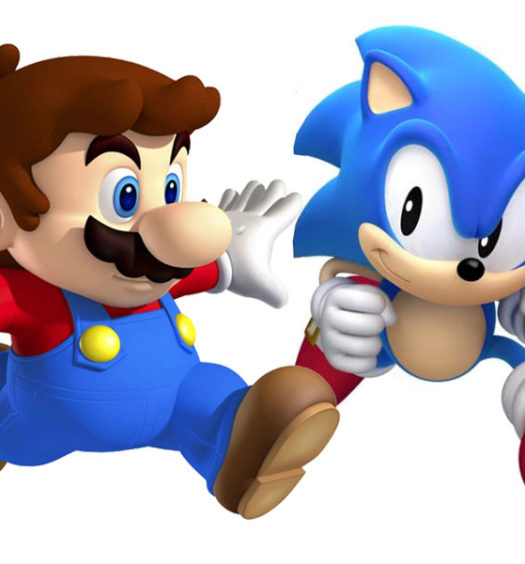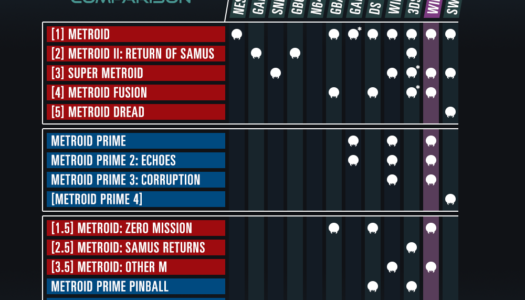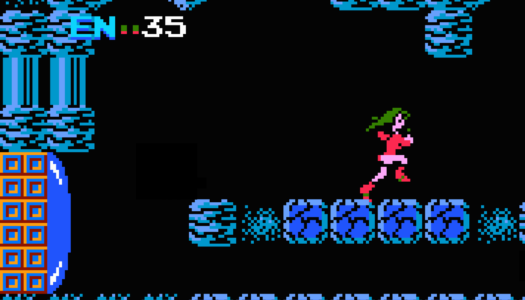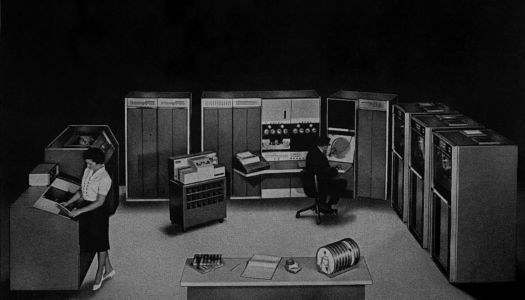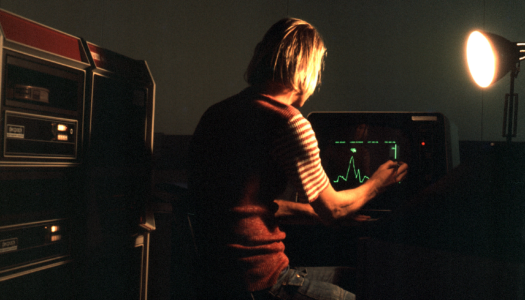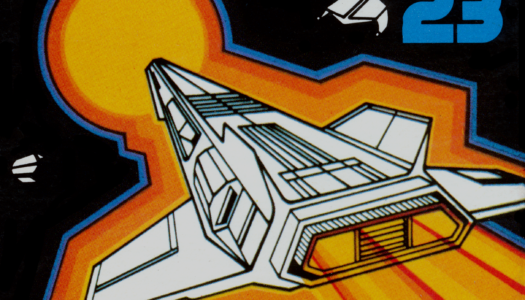Terraria (Indie Review)

Publisher: Re-Logic / Developer: Re-Logic / Platform: PC
Looking at Terraria, you wouldn’t be in the minority if your first impression of the game was simply “it’s a 2D Minecraft,” and while Re-Logic’s first outing into the world of indie gaming does borrow the exploration, building and mining aspects of the sleeper hit juggernaut that is Minecraft, Terraria borrows a few unexpected aspects of other games to make a truly unique experience.
Starting off in Terraria, you’d probably have a hard time seeing just how different the game is from Minecraft aside from a few minor differences. Combat, for instance, is much more frequent and enemies are much easier to destroy. Once you build your own shelter (like Minecraft) and basic tools and weaponry (like Minecraft) you can set out and explore the randomly-generated world around you (liiiiike Minecraft). Once you start this exploration, however, you’ll find that Terraria starts to go in a completely different direction than the surface of the game might suggest.
As you start exploring, you’ll at first find everything you might expect from a game that so obviously borrows so much from Minecraft. Above ground there are trees and grass and flowers and mushrooms, and digging underground you’re sure to find lots of dirt, rocks, scattered metals and eventually natural caves. Eventually, however, you might find a treasure chest. Or a dungeon. Or festering pits of evil that look like something out of a pixellated nightmare. Finding most of these things in the beginning of your travels will most probably spell certain death for your character, but fear not: death, while unfortunate, is not nearly as large a setback as it is in Minecraft. When you die (this isn’t an ‘if’—you will die, and die often) you’ll get transported to your spawn point (which can be set by crafting a bed) and a portion of whatever money you had on hand will be missing, but your inventory will be left untouched. This death penalty works for Terraria because not everything you find is craftable. You see, in those treasure chests or dungeons or vast expanses of evil you are able to find magical armor and weapons like a boomerang or a health regeneration ring as well as Metroid-esque powerups like a double jump or swimming flippers. Finding these powerups allow you to access (and survive in) new areas to find new resources and powerups which then allow you to explore even further into new and exciting areas.
While finding these new things is really fun and exciting, there are often times where you’ll just feel left in the dark. For example, you can have various NPCs show up at your house to help out by providing various services. How do you do this? Well, you’ll need to make a room at least 6 blocks up by 10 blocks across. Then you’ll need to make a back wall. And a table. And at least one chair. And a light source. And a door. And fulfill the specific requirements needed to recruit the NPC you’re looking for, which can be as easy as simply having 50 silver coins on hand to something like defeating the first boss (which is a story in itself to learn how to summon him). While this might not seem like too much trouble, think about this: unless you’re furnishing a room on purpose, would you ever think to do that to get an NPC to show up? I wouldn’t exactly call this a bad part of the game, as there is a huge emphasis on exploration and finding things out for yourself, but it is a little annoying to feel lost after you’ve done so much.
Another annoying problem I’ve had is with large maps in particular. When you create a map you are given a choice between making a small, medium, or large game world to play in. While the largest game world obviously gives you more to explore, this also means you have just that much more to trudge through every time you want to get to a specific area you were exploring. While traveling four thousand (ingame) feet to get to an awesome dig site is fun the first time, having to do it again every time you are killed by a monster or accidentally fall to your death just becomes annoying. One solution to this would obviously be moving your spawn point. However moving it to one spot then means you’d have to walk that distance back to take care of the NPCs back at your original spot.
Terraria does also support online multiplayer and you can also transfer over the character you’ve been using in singleplayer, along with his or her items and equipment, as well as vice-versa. This is a neat feature since you won’t have to start over from scratch every time you join a friend for multiplayer, and the option to start a second (or third, or fourth…) is still there. Playing online isn’t perfect yet, however. The latest update made joining easier without the help of a third-party program like Hamachi, however for some reason I personally am unable to host a game, as any NPCs will randomly teleport around and the day/night cycle will go by in a matter of seconds. Water also seems to be a bit of a problem. While it does flow in a surprisingly realistic manner, at times when large bodies of water are set in motion the resulting lag becomes crippling, and forces me to reconnect.
While not perfect just yet, Terraria has had an amazing first few weeks after its release. There have been two patches already, each of which have improved the game little by little, and I am excited to see how the game will evolve over time. Terraria is definitely something fans of Minecraft will want to take a look at, as well a any gamers who love to explore.


